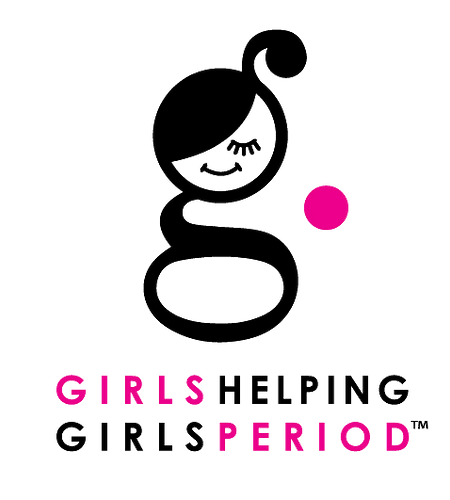Most of us may know her as Monica Geller, but long before Courtney Cox became the best-known BFF on “Friends” in 1994, she had already gotten noticed for a big first. Still, it’s hard to imagine she was the first person to say the word “period” on television in a 1985 Tampax commercial.
We have a way of making mysteries out of so many subjects related to women’s health. It’s to our (collective) detriment, of course. There are countless advocates (GHGP among them) working worldwide to remove the stigma surrounding periods. Talking openly is the single most important way we are going to get anywhere.
That’s why the timing could not be better for a book and exhibition series called “Designing Motherhood: Things That Make and Break Our Births.” The focus is on the myriad devices that pertain to birth, reproduction, menstruation, and the unique designs that make life better for women, though not overtly. Why don’t we celebrate and discuss these items? Michelle Millar Fisher, one of the collaborators on the project, recently told the New York Times, “These objects are often used by people who have not had the power to write history, make decisions or frame material culture… They have just not been part of the conversation, out loud, until recently.”
“What makes it so beautiful also, it’s affordable, it’s environmentally conscious — it’s just one object that one needs, rather than a lifetime of buying pads and tampons to discard,” -Amber Winick, design historian/Project Co-Creator, on menstrual cups
From the home pregnancy test to the speculum to the breast pump, this project is a fascinating look at the intersection of form and function of women’s health. The MIT Press summary says, “Each object tells a story. In striking images and engaging text, Designing Motherhood unfolds the compelling design histories and real-world uses of the objects that shape our reproductive experiences. The authors investigate the baby carrier, from the Snugli to BabyBjörn, and the (re)discovery of the varied traditions of babywearing; the tie-waist skirt, famously worn by a pregnant Lucille Ball on I Love Lucy, and essential for camouflaging and slowly normalizing a public pregnancy; the home pregnancy kit, and its threat to the authority of male gynecologists; and more. Memorable images—including historical ads, found photos, and drawings—illustrate the crucial role design and material culture plays throughout the arc of human reproduction.”
The exhibit moves to the Center for Architecture and Design in Philadelphia in September, and the book debuts in September, as well. Perfect idea for that special someone on your gift list…


